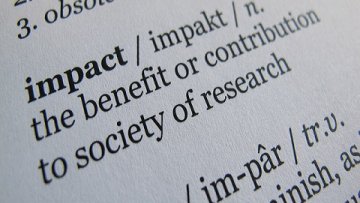The Loop Theorem of Papakyriakopoulos
Abstract
The study of 3-manifolds is founded on the strong connection between algebra and topology in dimension three. In particular, the sine qua non of much of the theory is the Loop Theorem, stating that for any embedding of a surface into a 3-manifold, a failure to be injective on the fundamental group is realised by some genuine embedding of a disc. I will discuss this theorem and give a proof of it.


